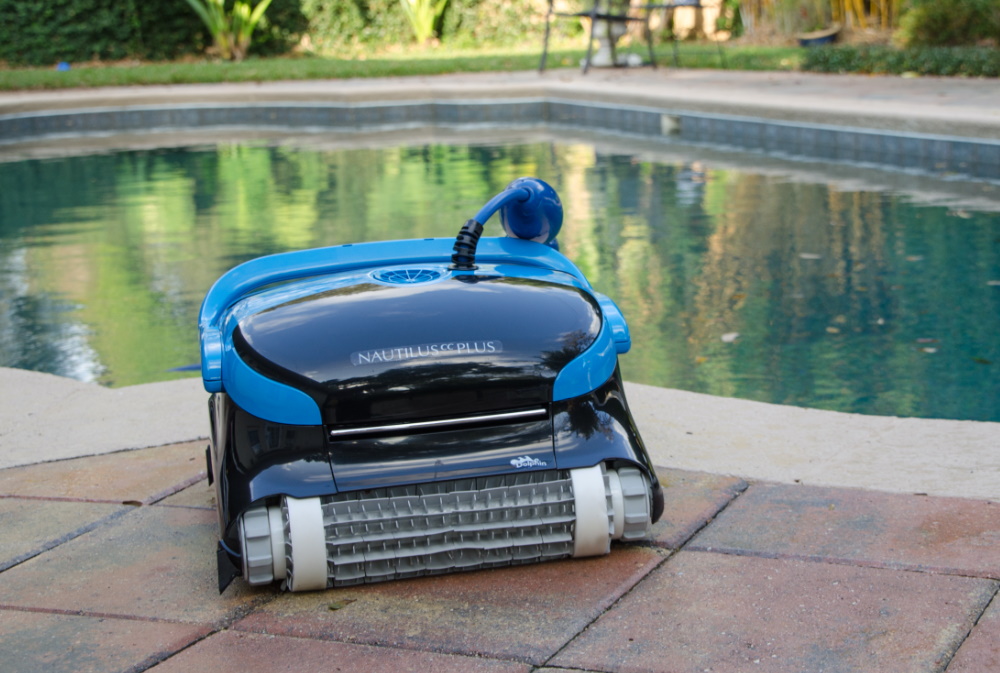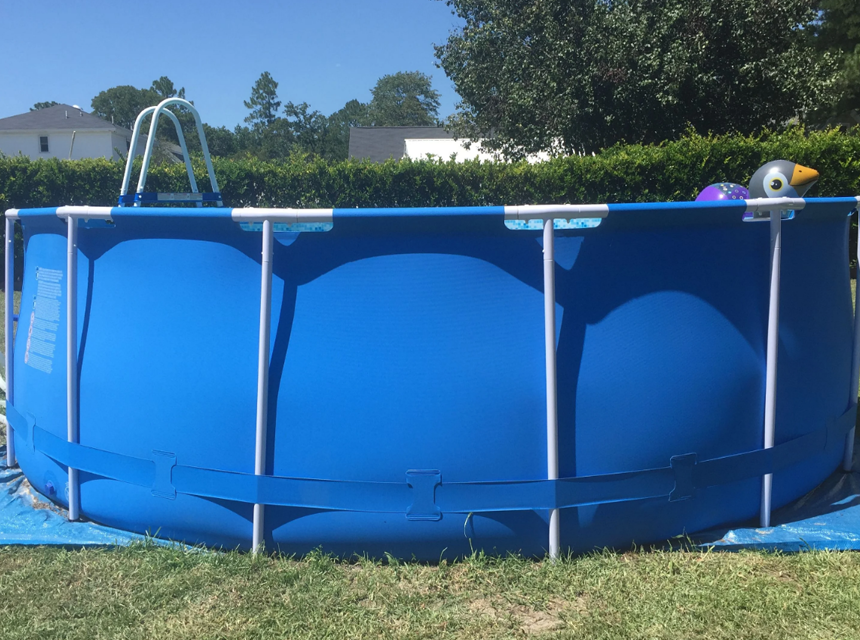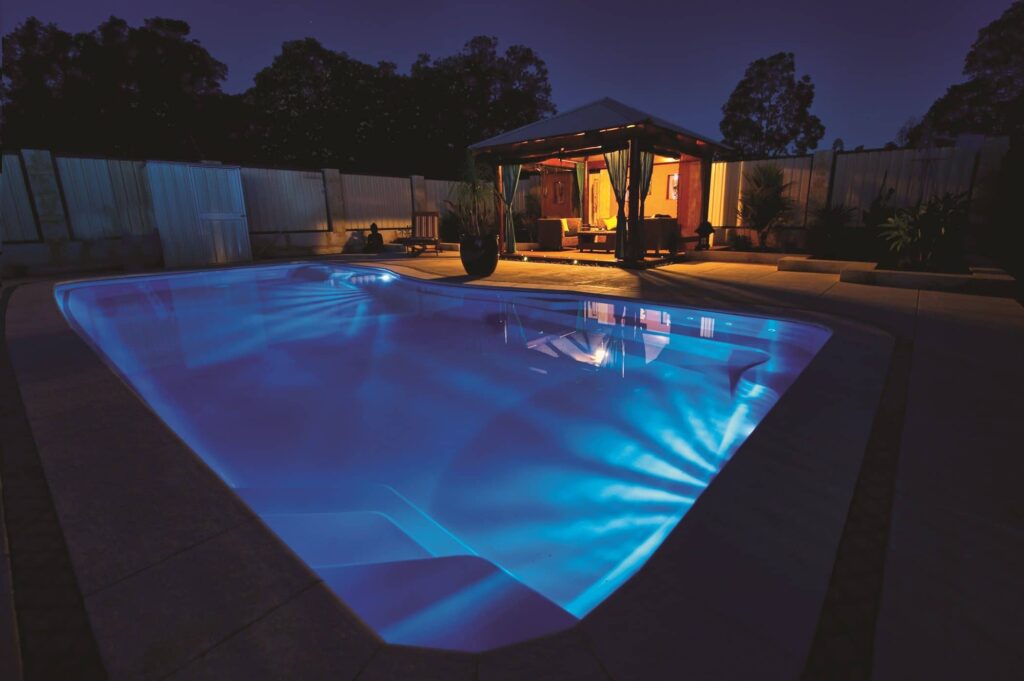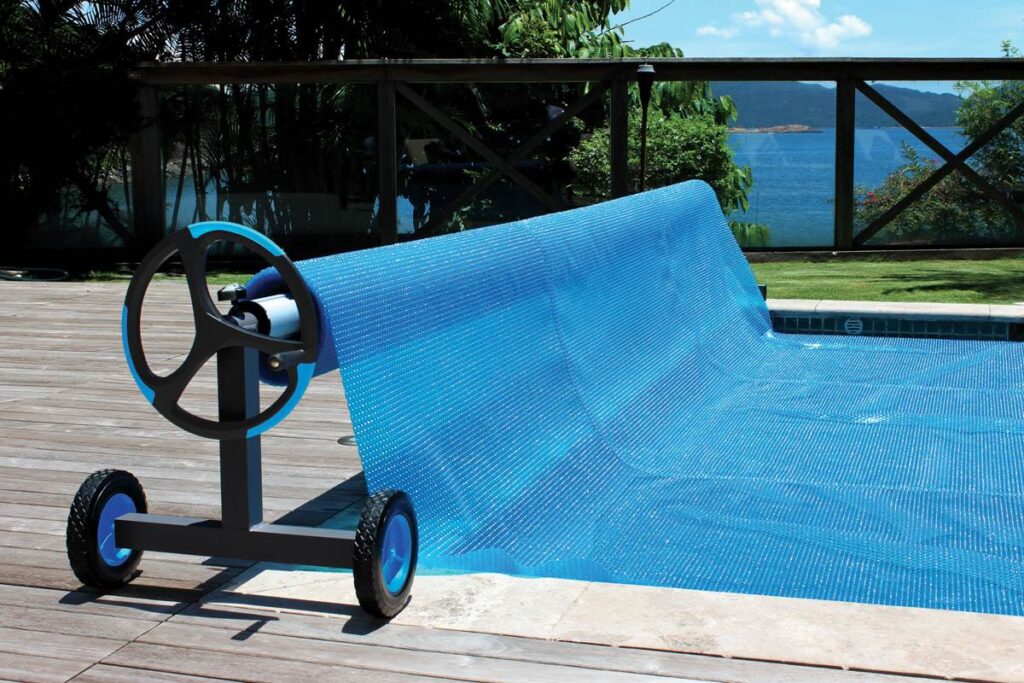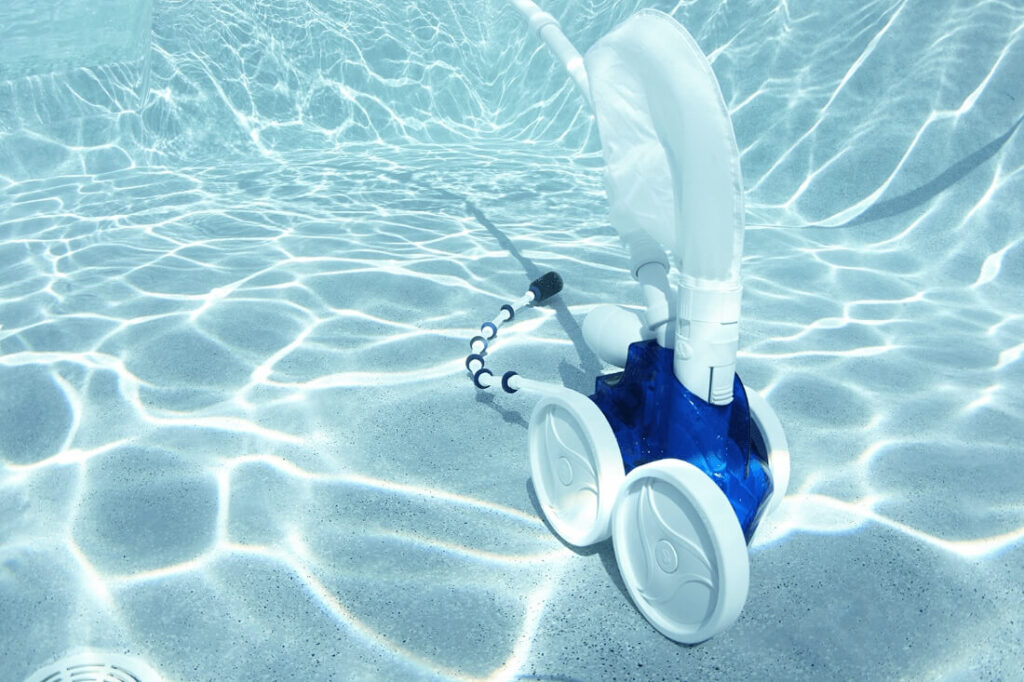While a high pool total alkalinity does not necessarily affect the swimmer, it does the pool. The most common and physical effects of high total alkalinity in your swimming pool include cloudy pool water, clogged heater elements and filters, and a rough pool wall surface. When your pool’s alkalinity level is above the recommended mark, you would cause a pH lock. Luckily, this is a guide on how to lower alkalinity in a pool.
But even more than that, this article contains the definition of total alkalinity (beginner friendly), a couple of things that can lead to high pool total alkalinity, why you need to reduce pool total alkalinity, how to lower alkalinity in a pool without lowering pH and how you can do so with chemicals, without, and with natural, household ingredients. So if this is what you want to learn and more, stay tuned and see how to lower alkalinity in a swimming pool.
There are tons of definitions of total alkalinity and what it means. While some of these definitions sound science, others are more relatable for the average person. The two sides would be explained. Total alkalinity, also called TA, is the capacity of water to neutralize acid or resist acidification. This is the first part – to be explained.
From basic chemistry, Hydrogen (H+) is the element that makes things more acidic. The more hydrogen ion that is added to a substance – in this case, water – the more acidic it becomes. Therefore in simpler terms, total alkalinity is the rate at which water can eliminate hydrogen ions from water. When total alkalinity is increased, acidity is decreased and pH is increased towards basicity.
The total alkalinity of water is inversely proportional to acidity but directly proportional to pH.
The other definition for TA – and one that is more relatable to the subject at hand – is that it is the ability of water to retain a certain pH level regardless of the additions and subtractions to the water. Not only does total alkalinity neutralize acid but in a pool, it also acts as a buffer meaning that neutralizes base as well. In that case, total alkalinity does not only eliminate (or take H+) but also give it. Note that total alkalinity does not get a pool to the recommended pH level, it only helps to keep the pH within the degree that is desired.
But what about high or low TA? High total alkalinity means that your water’s pH will fluctuate ever so easily even at a slight drop of acid or alkaline material. If you leave your pool with low alkalinity, you would always have to treat your pool for low or high pH too often. As for a high pool TA, it causes a rigid shift in the water‘s pH. That is, you would find it difficult to change the pH of your pool even if it is too high or too low – also not good.
Similar to everything that could occur in your pool, there are factors responsible for its occurrence. For alkalinity, 5 factors exist.
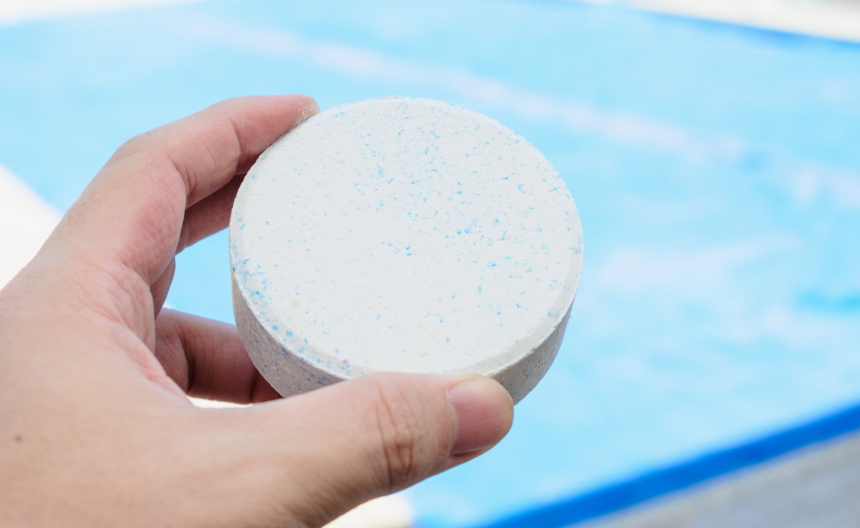

But if you repeatedly use hypochlorite (a form of chlorine), you might be tampering with your pool’s total alkalinity.
Forms like liquid chlorine also called sodium hypochlorite, or chlorine shock (calcium hypochlorite) produce hydroxide as a by-product when added to water, and the more OH– you have in your pool, the higher the total alkalinity.
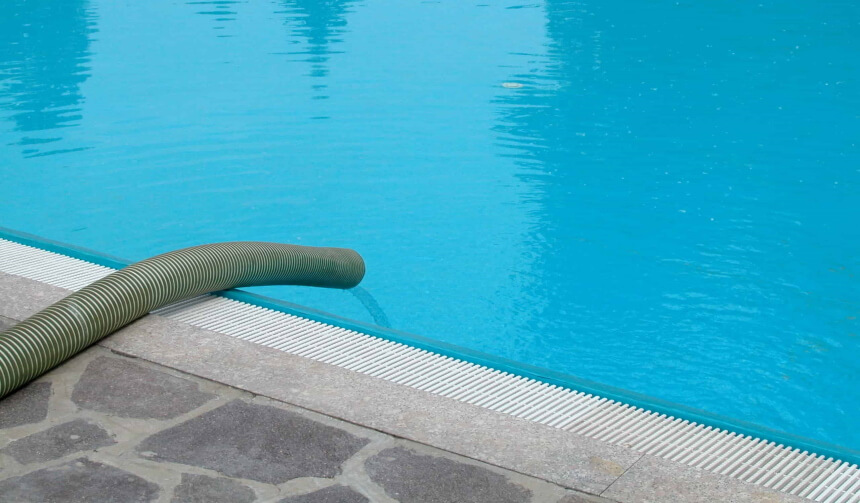
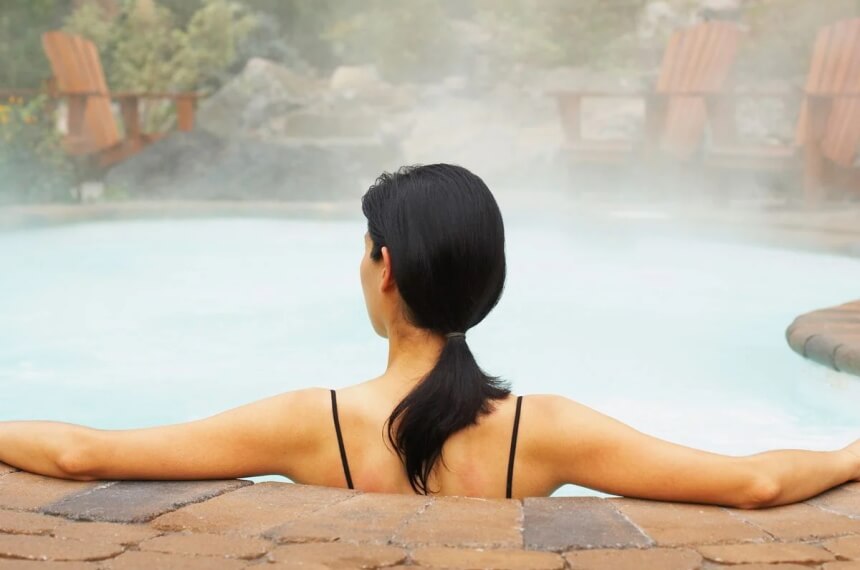
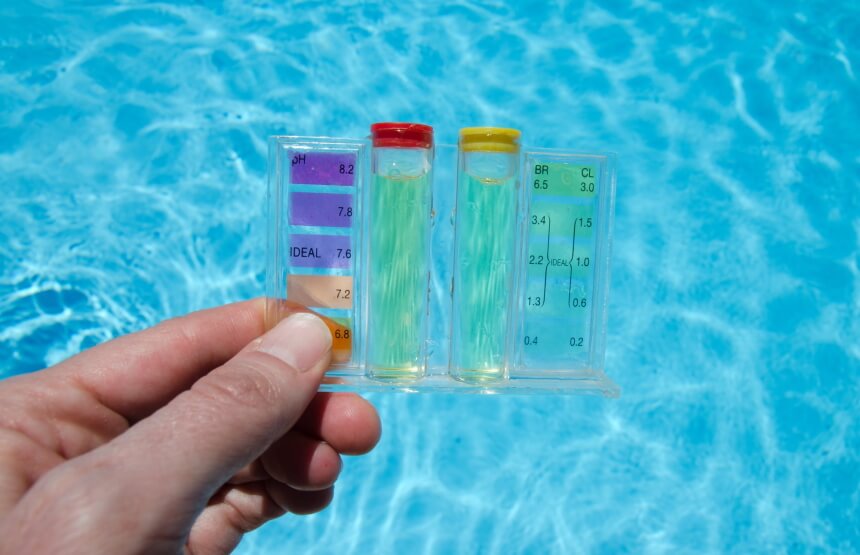
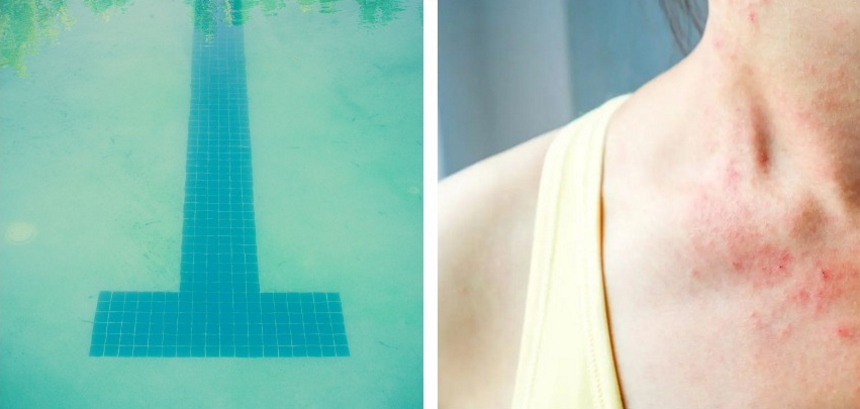
The first stand-out reason high alkalinity is bad for your pool is that there will be greater resistance to a change in the pH of your water. While many would see this as a good thing – your pool’s pH is resistant to easy change, it can be bad for your pool.
The water in your swimming pool will have a cloudy appearance. A phenomenon called calcium scaling would also occur. This happens when the water dumps materials that it has absorbed onto the surface of the pool.
Another effect of high alkalinity aside from cloudy water and calcium scaling is clogged filters. This problem is highly challenging to prevent and/or treat, you could also be faced with skin irritations when you swim in it. So while you can be excited about your pool’s pH remaining balanced for a while, too much deposit of carbonate, bicarbonate, and hydroxides can still affect your pool’s water and your swimming experience.
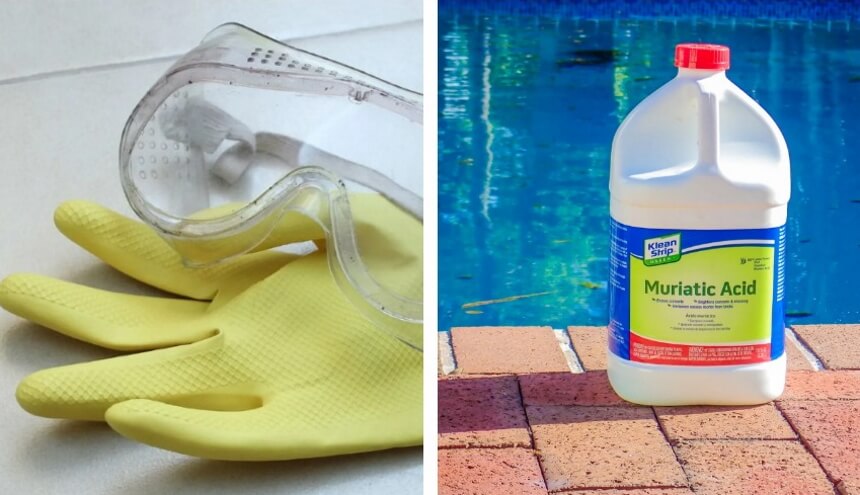
A muriatic acid is a different form of the famous hydrochloric acid. The acid is strong and better – corrosive. Though it sounds like an acid that can only be found in the lab, you can find muriatic acid in many supply stores or even in your garage/storage room.

There are four things you can try if you want to know how to lower alkalinity in a pool without chemicals.
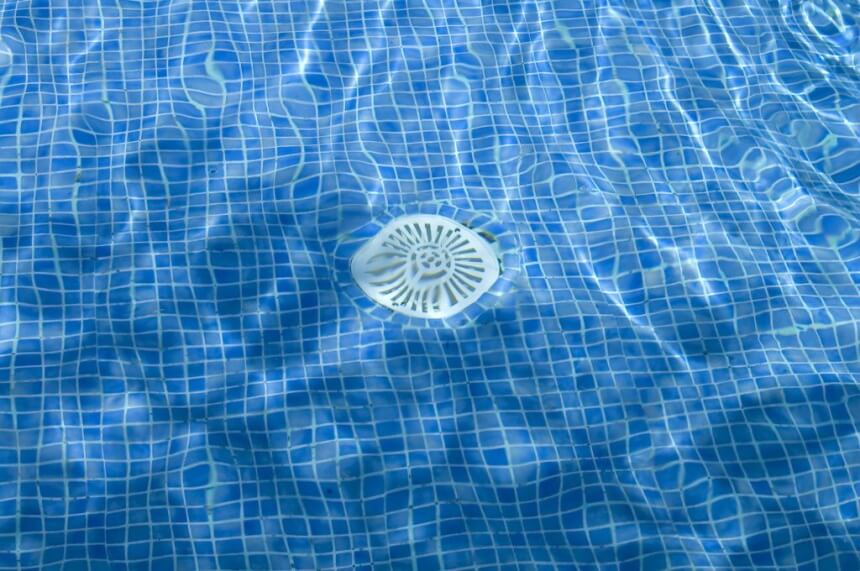
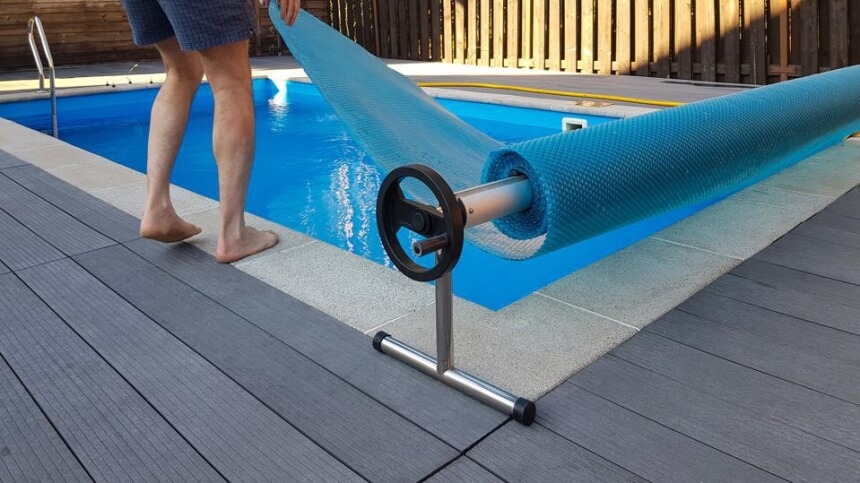

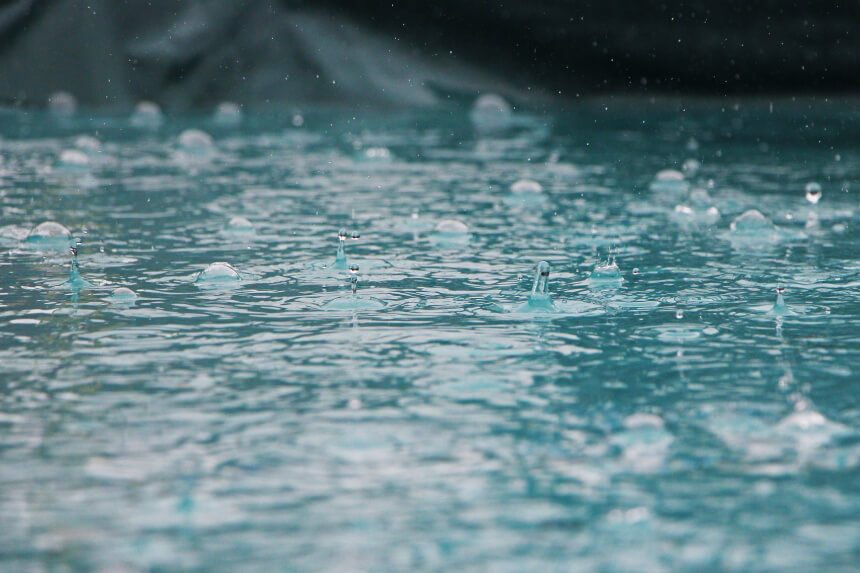
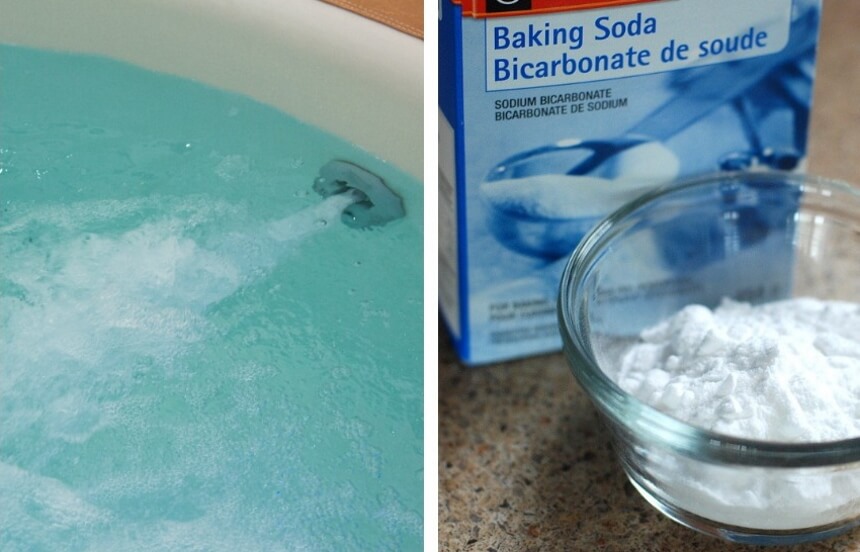
By turning on your jets or your pool’s pumps, you would be able to lower your alkalinity without touching or altering your pool’s pH. This is only advisable if you have a proper pool pH level. Still don’t have one? Pick one of the best pool filters with our in-detail reviews.
In the case that you already have a lower pH, you can increase it using soda ash or sodium bicarbonate. This is a better option since it has little effect on the total alkalinity of your pool.
Saltwater pools already have high total alkalinity and therefore to lower the alkalinity in them, you need to alter the pool’s chemistry and add more hydrogen ions. You can do this by adding dry acid or muriatic acid every other week with frequent water testing until the desired range is achieved.
Baking soda does the opposite of lowering. It is one of the major factors responsible for raising the total alkalinity of a pool. It is also a driver for increasing a pool’s pH so if you are planning to use baking soda to lower your pool’s alkalinity, you would be making things worse.
From the above guide, it can be withdrawn that while making pool owners might not be aware of a pool’s total alkalinity, it is highly related to the pH of a pool (but not the same). Where pH directly talks about the pool’s level of acidity or basicity, TA is about the pool’s capacity to maintain (give and take) hydrogen ions in the water. Though most methods that help to lower alkalinity in a pool affect a pool’s pH, there are other options available if you desire to know how to lower alkalinity but not pH in a pool. In general, the steps on how to lower the alkalinity in a pool are to use muriatic acid and a dry acid. More natural methods include draining the pool, covering the pool, adding lemon juice, or pouring acidic rainfall into the pool.
